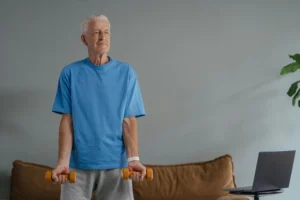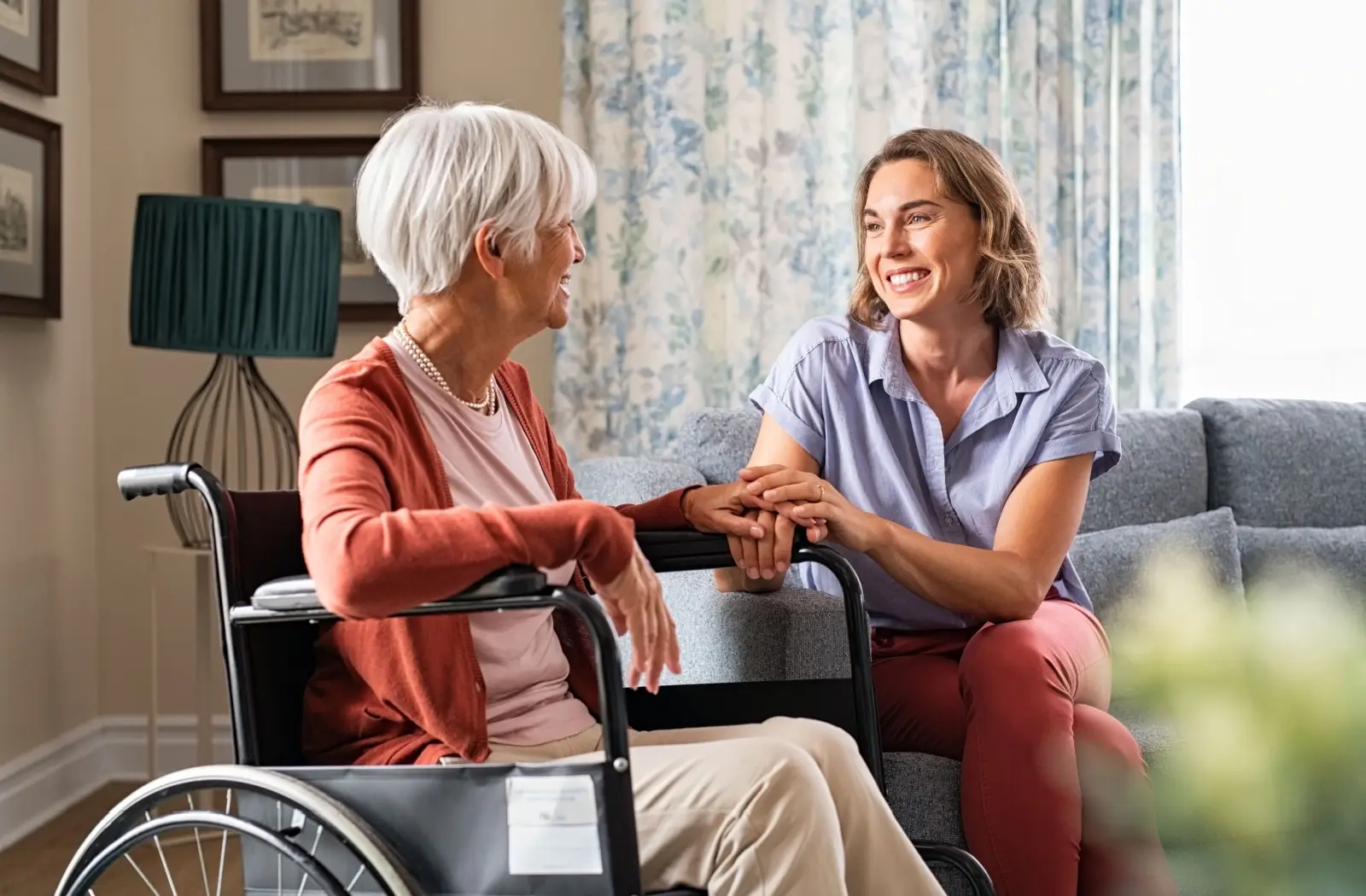When we think about aging, one of the deepest desires that emerges—again and again—is the desire to stay independent. For many seniors, independence isn’t just about doing things on their own. It’s about dignity, control, and the ability to live life on their own terms.
But as loved ones age, families often face a difficult balancing act: how to help seniors maintain their freedom without compromising their safety. It’s a conversation filled with emotion, and sometimes tension, especially when the risks of living alone begin to surface. But there’s good news: with the right strategies and compassionate care at home, it’s absolutely possible to preserve independence while creating a safe, supportive environment.
Take Marie, for example—a fiercely independent 82-year-old who still insists on making her own coffee every morning and walking her garden path to feed the birds. Her children worried about her safety, especially after a minor fall in the kitchen. But instead of moving her out of her home, they chose to invest in subtle safety upgrades and in-home care support that honored her routines while reducing the risk of accidents.
Today, Marie still makes her coffee. She still walks her garden. But now, there are handrails in the hallway, a non-slip mat by the sink, and a kind caregiver who visits daily to check in and lend a hand when needed. Marie doesn’t feel like she’s lost freedom—in fact, she feels more confident knowing someone’s there if she needs help.
Strategies to Support Senior Independence at Home
- Create a Safe Home Environment
A few thoughtful modifications can go a long way:- Install grab bars in bathrooms and along stairways
- Use non-slip mats in the kitchen and bath
- Improve lighting in hallways and entryways
- Remove trip hazards like loose rugs and clutter
- Encourage Daily Routines and Activities
Independence is deeply tied to routine. Encourage seniors to:- Prepare simple meals
- Tend to a small garden or houseplants
- Engage in light exercise or stretching
- Participate in hobbies that bring joy
- Use Assistive Technology
From medication reminders to emergency response systems, technology can support safety without getting in the way of autonomy. - Bring in Compassionate Home Care Support
The goal of in-home care isn’t to take over—it’s to enhance. Compassionate caregivers work alongside seniors, respecting their rhythms while offering assistance where it’s needed most. - Keep Communication Open
Regular check-ins between family, seniors, and caregivers help everyone stay on the same page and make adjustments as needed.
Signs It’s Time to Add a Layer of Support
If you’re wondering when it’s time to step in with extra help, look for these signs:
- Frequent falls or near-misses
- Neglected hygiene or unwashed laundry
- Missed medications or appointments
- Unopened mail or unpaid bills
- Changes in mood or withdrawal from social activities
Recognizing these signs early allows families to put the right support in place—before safety becomes an emergency.
Freedom and Safety Aren’t Opposites—They’re Partners
At Compassion Senior Care, we believe that seniors don’t have to choose between safety and independence. With the right care, they can have both. Our goal is always to empower—not overpower—and to create a space where aging in place feels not only possible, but joyful.
Because when seniors feel supported, respected, and safe in their own homes, they don’t just live longer—they live better.
If you’re navigating how to support a loved one while honoring their independence, we’re here to help.
Learn more about how we support independent living or schedule a free consultation today.












